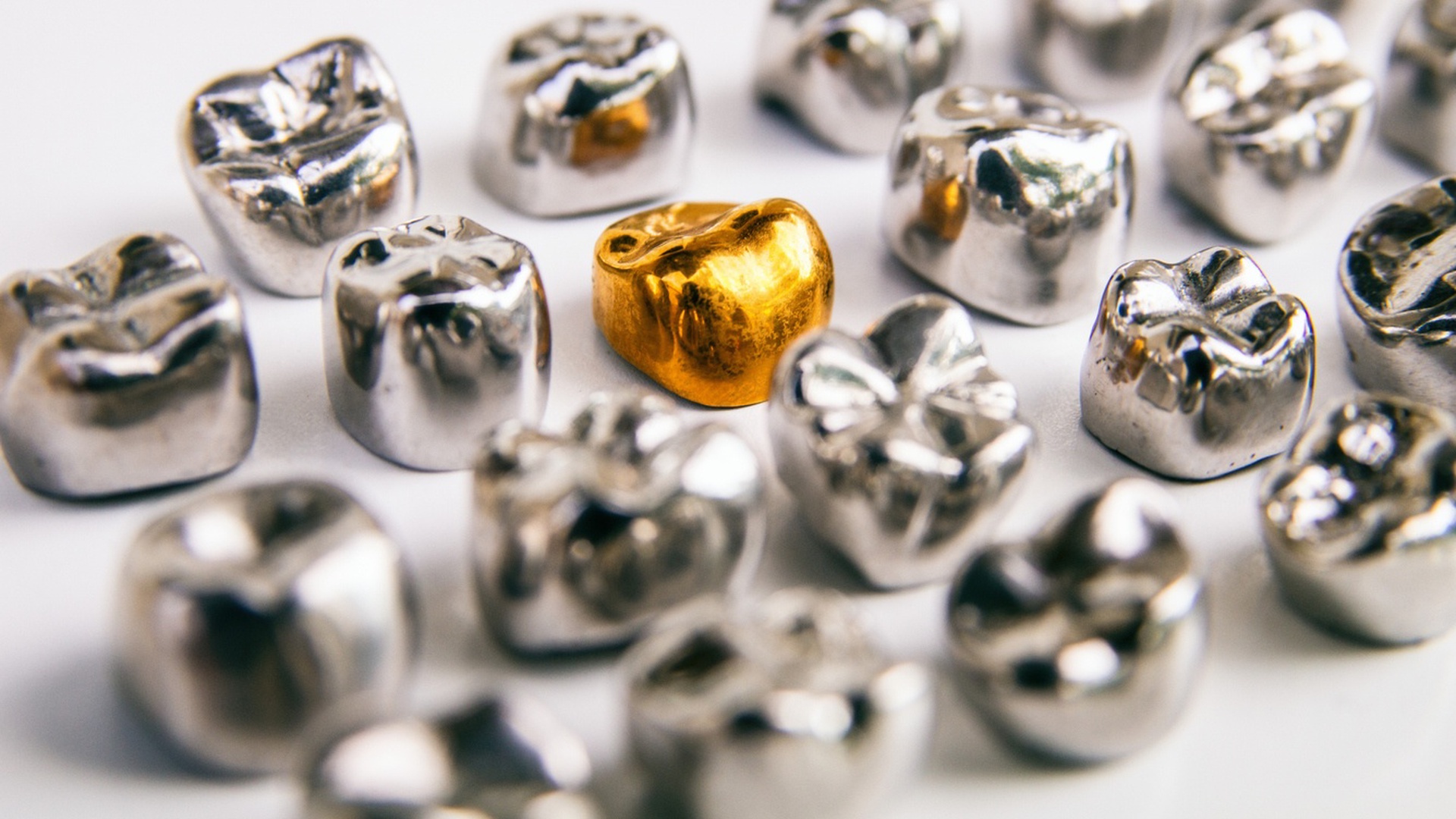

The gold-silver ratio has long been used to assess the relative value of gold and silver. When the ratio is high, silver is considered undervalued relative to gold, signaling a potential opportunity for silver to catch up and experience a bull run. Conversely, when the ratio is low, gold tends to be undervalued relative to silver. This cyclical behavior is driven by both economic factors and industrial demand.
The relationship between gold and silver often reflects broader economic trends. Gold is generally seen as a safe-haven asset and a hedge against economic instability, inflation, and geopolitical risks. Silver, while often moving in the same direction as gold, is more volatile and strongly influenced by industrial demand, especially in sectors like electronics and renewable energy (e.g., solar technologies). Silver's greater industrial use makes its price more sensitive to economic cycles and technological advancements, while gold's price is more directly influenced by monetary policies, inflation expectations, and the strength of the U.S. dollar.
In recent years, the gold-silver ratio has surged to exceptionally high levels, exceeding 90:1, which historically indicates that silver is deeply undervalued compared to gold. For example, during the COVID-19 pandemic, the ratio hit an all-time high of 123:1 before correcting back to 60:1 as governments worldwide ramped up monetary stimulus. This phenomenon, where the ratio spikes and then snaps back, suggests that silver is poised for a potential price rally when the market recognizes its undervaluation.
In addition to broader economic factors, increased industrial demand for silver, particularly in the electronics and renewable energy sectors, has created significant physical tightness in the silver market. According to the Silver Institute, industrial demand for silver reached a record 700 million ounces in 2024, with a supply deficit expected to persist into 2025 due to declining mine output. This supply shortage, coupled with increased demand through vehicles like exchange-traded funds (ETFs), is likely to keep silver's price under upward pressure.
Given the historical trajectory of the gold-silver ratio, analysts believe that the gap between gold and silver prices will likely close in the coming years, potentially leading to silver outperforming gold. The high ratio suggests that silver is on sale, making it an attractive investment for those looking to capitalize on a potential bull run as silver prices correct to more historical levels.
The supply deficits driven by industrial demand, alongside continued global economic uncertainty, may further fuel silver's price rise. As silver remains underpriced compared to gold, some analysts predict that 2025 could see silver outperforming gold, with the gold-silver ratio narrowing as silver prices surge to close the gap.
The gold-silver ratio is a powerful indicator for traders and investors, reflecting the relative value between these two precious metals. A high gold-silver ratio typically signals that silver is undervalued, potentially setting the stage for a price rally. The combination of industrial demand, market volatility, and supply constraints suggests that silver could experience significant upward movement in the coming years, particularly if the gold-silver ratio remains elevated. Investors looking to capitalize on this trend may find silver to be an appealing asset, especially as renewable energy and technological sectors continue to drive demand. However, as with all investment strategies, it is important to consider the full range of market factors and risks when trading based on the gold-silver ratio.